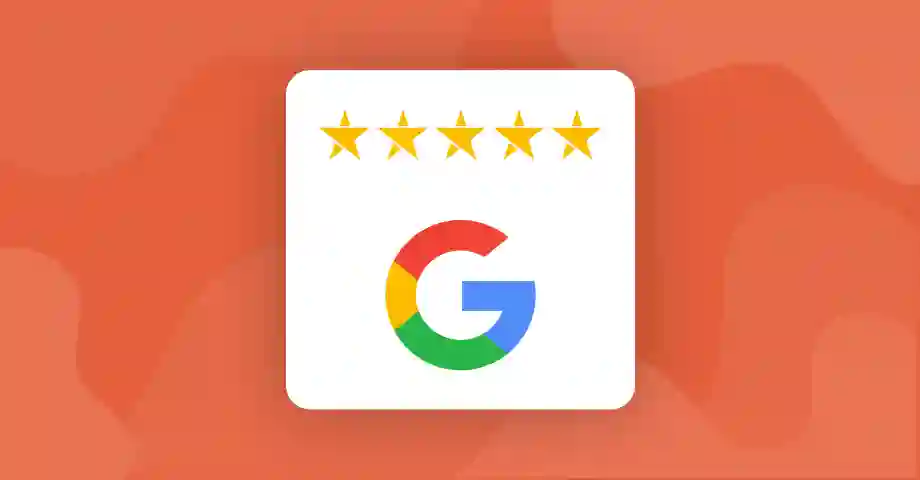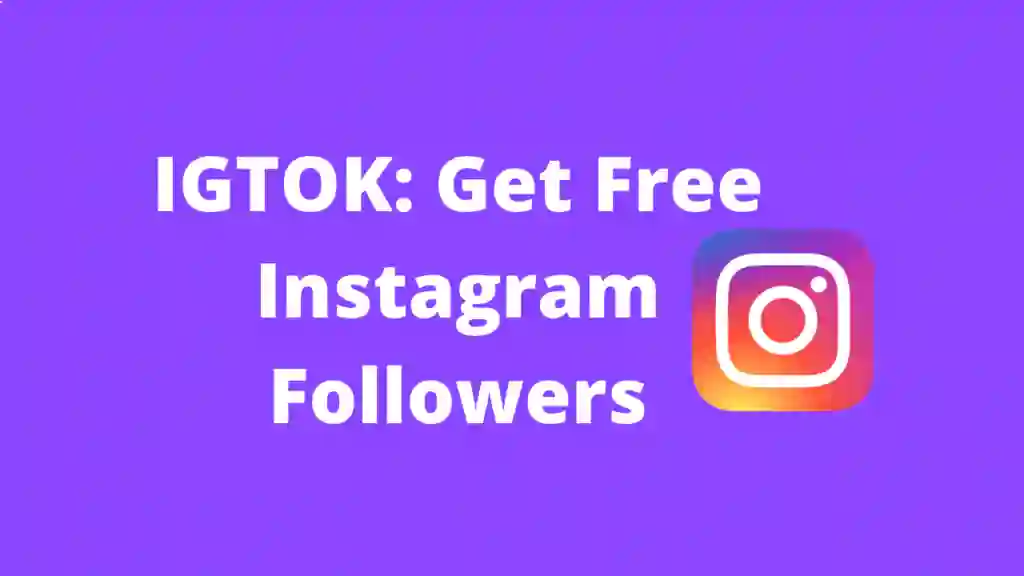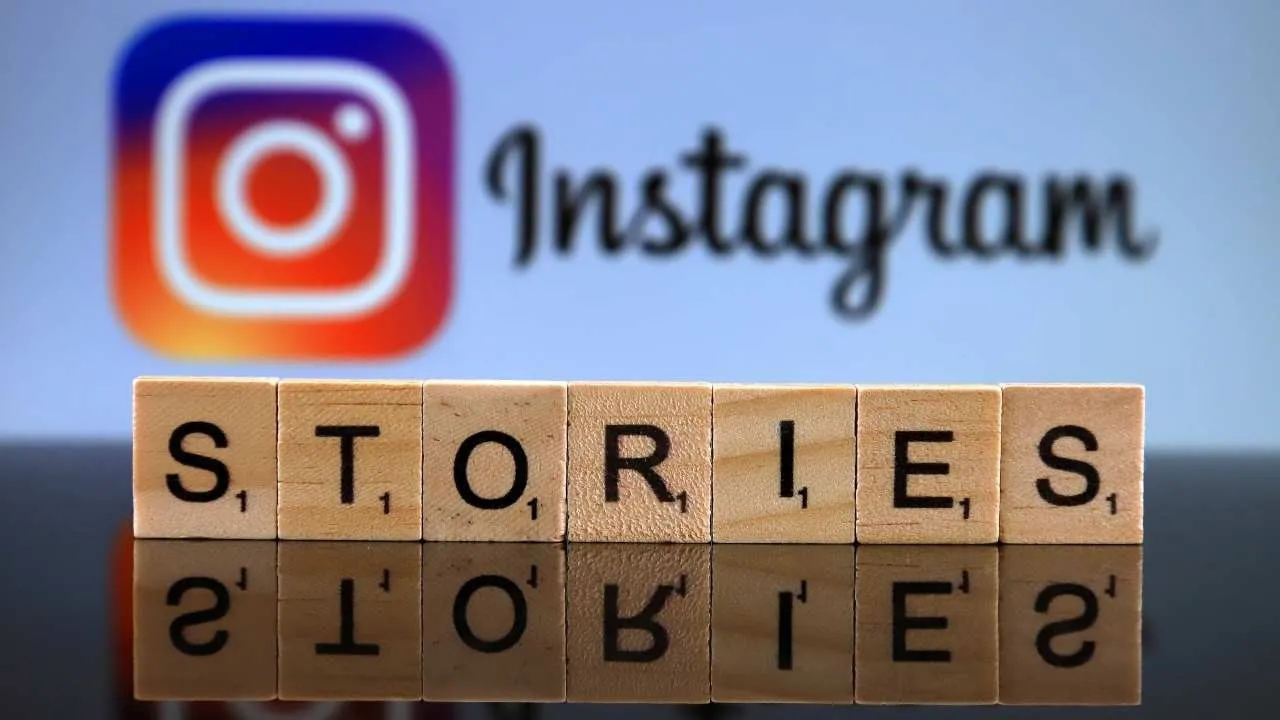Clockwise Success: Crafting a Winning Facebook Posting Calendar

In the fast-paced world of social media marketing, consistency and timing are paramount. Crafting a well-structured Facebook posting calendar is the key to maintaining a consistent online presence and maximizing the impact of your content. Much like the gears in a clockwork, a well-planned posting calendar ensures that your content aligns with your audience’s interests, engages them effectively, and ultimately drives your social media success. In this article, we’ll explore the importance of a posting calendar and how to create one that leads to clockwise success on Facebook.
The Significance of a Posting Calendar
A posting calendar is more than just a schedule; it’s a strategic roadmap for your Facebook content. Here’s why it’s crucial:
1. Consistency:
A posting calendar helps you maintain a consistent posting schedule, which builds trust with your audience. Regular, predictable content keeps your followers engaged and coming back for more.
2. Planning:
With a calendar, you can plan your content in advance. This allows you to align your posts with important dates, events, holidays, or product launches, ensuring that your content remains relevant and timely.
3. Variety:
A well-structured calendar encourages you to diversify your content. By planning ahead, you can include a mix of posts, such as informative articles, entertaining videos, interactive polls, and promotional content.
4. Audience Understanding:
Your calendar should reflect your understanding of your audience’s preferences and behavior. It’s a tool for tailoring your content to meet their needs and interests.
Crafting a Winning Facebook Posting Calendar
Creating a successful posting calendar involves a few key steps:
1. Define Your Goals:
Start by setting clear goals for your Facebook content. What do you want to achieve? Whether it’s increasing brand awareness, driving website traffic, or boosting sales, your goals will shape your content strategy.
2. Understand Your Audience:
Use Facebook Insights and other analytics tools to gather data about your audience. Understand their demographics, online behavior, and the times they’re most active on the platform.
3. Identify Key Content Themes:
Define the main themes or topics that align with your brand and resonate with your audience. These themes should guide your content creation and posting schedule.
4. Create a Content Calendar:
A content calendar can be as simple as a spreadsheet or as complex as a dedicated social media management tool. Outline the days and times you plan to post content, and assign specific themes or topics to each post.
5. Schedule in Advance:
Plan your content at least a month in advance, if not more. This gives you the flexibility to adjust your strategy and align your posts with upcoming events or trends.
6. Balance Your Content Mix:
Ensure that your calendar includes a variety of content types, including educational, entertaining, promotional, and interactive posts. This keeps your feed engaging and prevents it from becoming too one-dimensional.
7. Time Zone Considerations:
If your audience spans different time zones, factor this into your posting schedule. Segment your calendar to reach various regions at their optimal times.
8. Monitor and Adjust:
Regularly review the performance of your posts using Facebook Insights. Identify what’s working and what’s not, and adjust your calendar and content strategy accordingly.
Industry-Specific Considerations
The effectiveness of a posting calendar can vary by industry and niche. Here are some industry-specific considerations:
1. E-commerce and Retail:
Retail businesses should align their calendar with key shopping seasons, holidays, and product releases. Feature special offers and promotions prominently in the calendar.
2. B2B and Professional Services:
Business-to-business companies should focus on content that addresses the challenges and needs of their target audience. Webinars, whitepapers, and industry insights can be part of the calendar.
3. Food and Beverage:
Restaurants and food-related businesses can plan content around menu updates, seasonal dishes, and special dining events. Highlight enticing food photography and videos.
4. Travel and Hospitality:
Travel businesses should align their calendar with peak travel seasons, holidays, and destination-specific events. Share travel tips, destination guides, and vacation planning content.
The Role of Scheduling Tools
Scheduling tools or social media management platforms can greatly simplify the process of managing a posting calendar. These tools allow you to plan and schedule your posts in advance, ensuring that your content is published at the right times, even when you’re not online.
Consistency and Adaptation
Consistency in your posting schedule is key to building a loyal audience. However, adaptability is equally important. Stay attuned to changes in user behavior, platform algorithms, and trends in your industry. Be prepared to adjust your calendar and content strategy as needed to stay relevant and engaging.
Conclusion
A well-crafted Facebook posting calendar is the backbone of a successful social media strategy. By setting clear goals, understanding your audience, defining content themes, and planning ahead, you can create a calendar that keeps your content on track and aligned with your audience’s interests.
Remember that a posting calendar is a living document that evolves over time. Regularly review and update it based on performance data and changing audience preferences. With the right calendar in place, you’ll be well-equipped to achieve clockwise success on Facebook, fostering engagement, loyalty, and growth for your brand or business.







